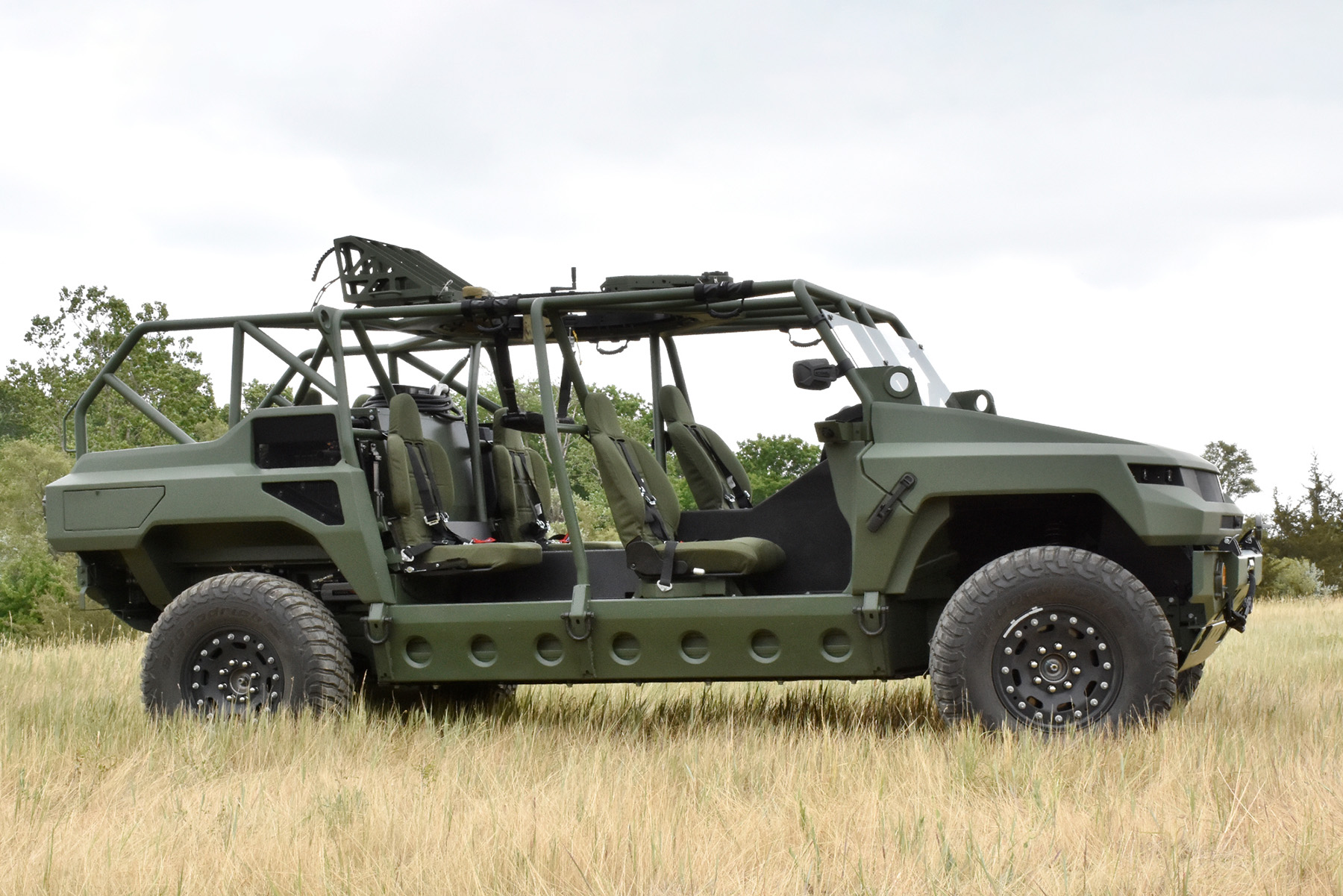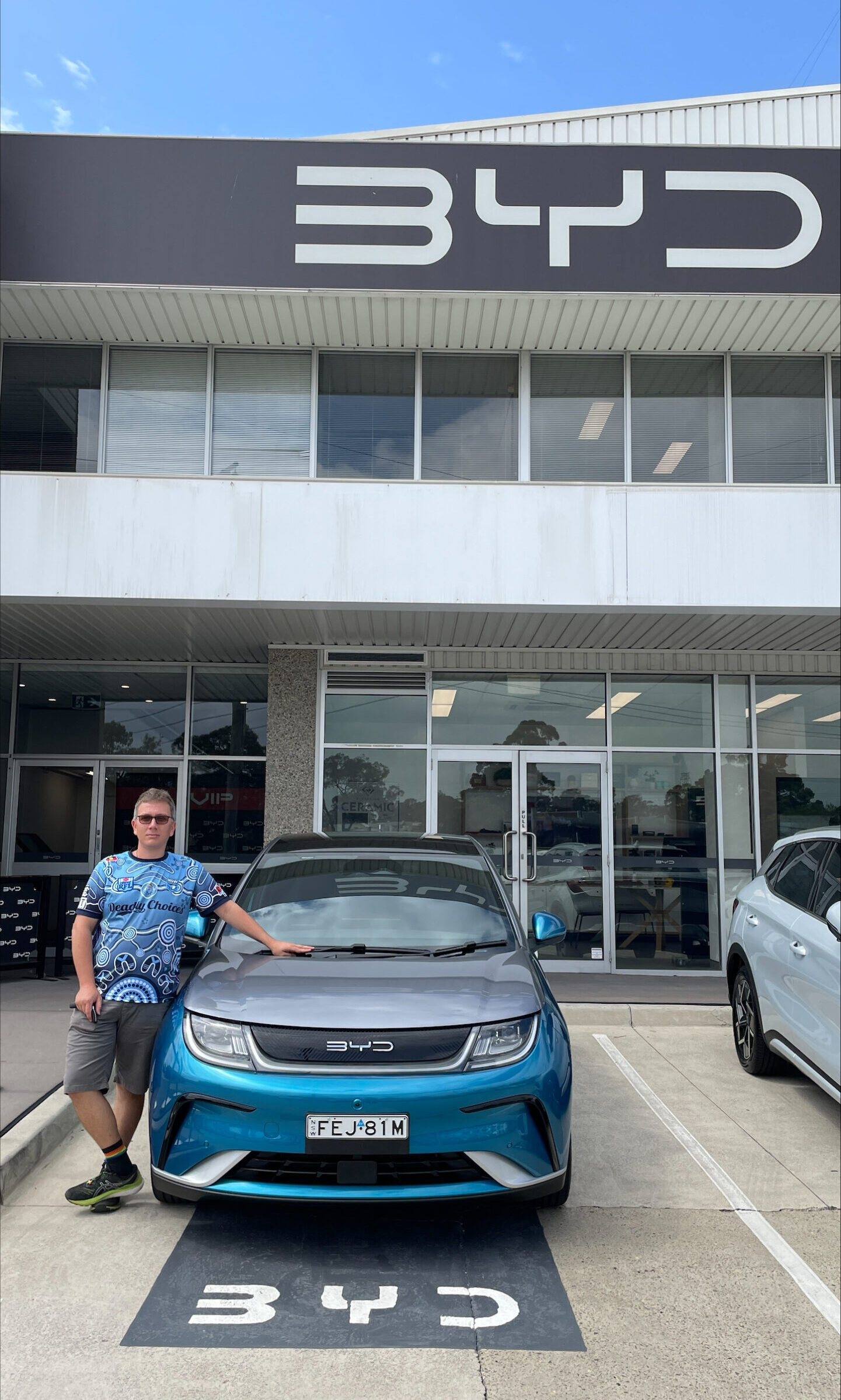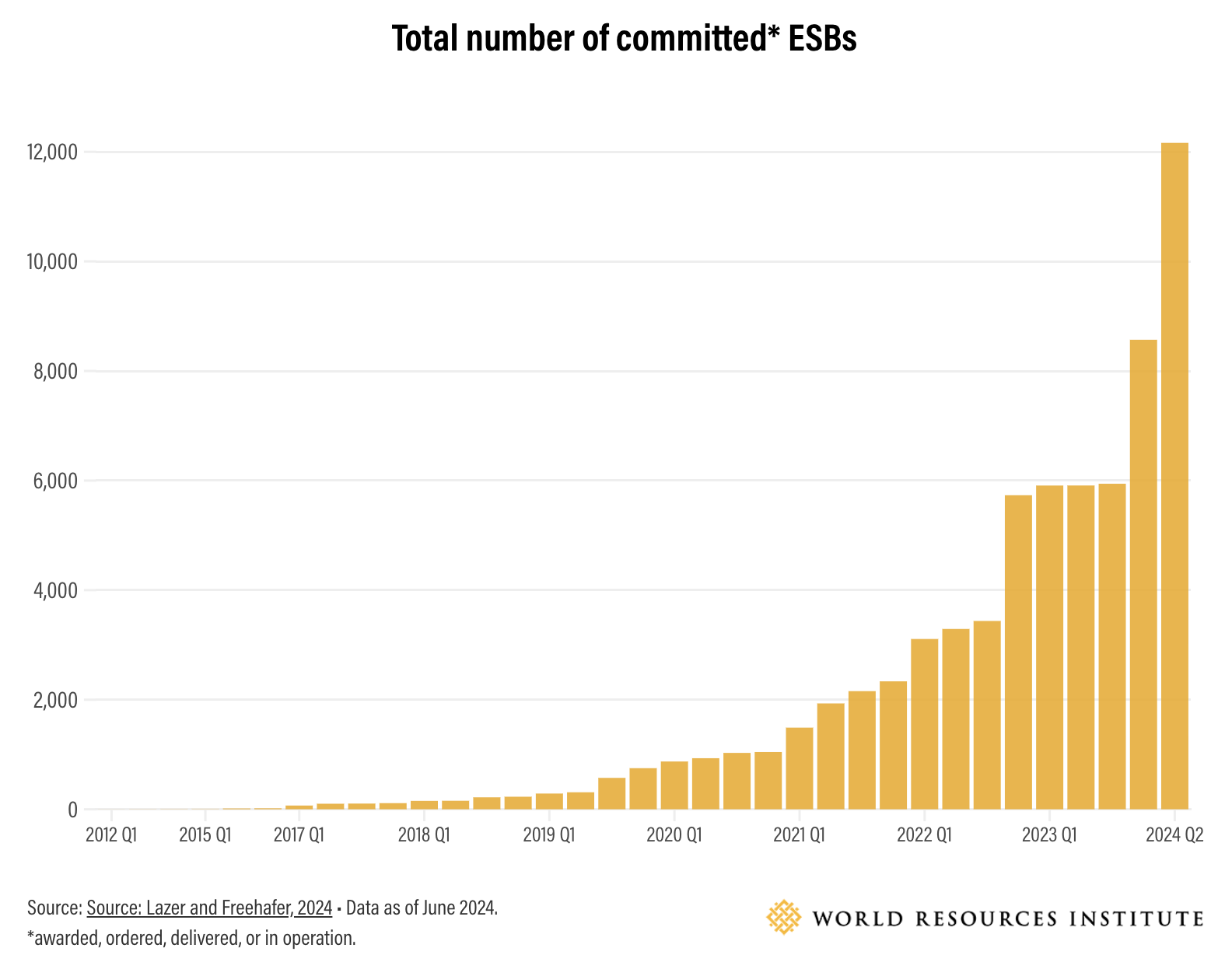Sign up for daily news updates from CleanTechnica on email. Or follow us on Google News!
Regardless of the dithering and misdirection on climate action over at COP 28, the US Air Force is on a mission to decarbonize. Electric aircraft and hydrogen fuel cells are in the mix, and it also appears that USAF could backshelf biofuel blends in favor of next-generation, drop-in sustainable aviation fuels made out of nothing more than captured carbon and water.
US Air Force Tests The ALIA Electric Aircraft
There is a lot of activity in the electric aircraft field, though for now much of it revolves around smaller aircraft. Electrifying huge cargo, passenger, and military aircraft will have to wait a while.
In the meantime, the US Air Force is among those eager to dip into the electric aircraft field. They are starting small, with one example being the five-passenger, 1,000-pound payload ALIA electric aircraft from the US company BETA Technologies
The Air Force has been partnering with BETA to develop electric aircraft since 2019, and it looks like all that hard work is beginning to pay off. In October, the Air Force took delivery of an ALIA aircraft at the Eglin Air Force Base in Florida.
The compact aircraft has a wingspan of 50 feet. It can go 250 miles on a single charge and reach a top speed of 138 mph.
The low noise level of electric aircraft is also of interest to the Air Force. According to BETA, the ALIA is 90% quieter than a conventional helicopter.
Eglin is the home of the 413th Flight Test Squadron, which is specifically tasked with testing rotary wing aircraft. The 413th designed a flight plan that will put the ALIA through maneuvers aimed at testing its capability for logistical support in combat, though the aircraft will be flown by BETA pilots.
First Ever Aircraft Charging Station At A US Military Facility
The ALIA project comes under the wing of AFWERX, a branch of the Air Force Research Laboratory focusing on innovative technologies. Aside from the noise-reducing benefits and the decarbonization angle, AFWERX is also attracted to the potential for electric aircraft to save money.
In September, AFWERX partnered with BETA to install a new 480-volt, 400-amp Level 3 electric aircraft charging station on Duke Field at Eglin Air Force Base, described as “the first electric aircraft charging station on a military installation.”
According to the Air Force, the new Level 3 charger has enough juice to power 250 homes simultaneously. Installing it was a complicated operation involving the upgrade of the power grid at Elgin, including a new 1,000-kilowatt volt-amp transformer needed to regulate the electric current.
“Level 3 is a supercharger and only takes minutes,” explains Maj. Riley Livermore, 413th Flight Test Squadron flight commander. “And that’s what these companies need, because if you want to make it viable from a commercial or military perspective, I can’t wait 24 hours to charge my airplane. They need to do it in less than an hour.”
According to Maj. Anthony Zartman, who leads the AFWERX Agility Prime program, the new electric aircraft charging station at Eglin will probably not be the last one. “We’ve grown to the point now with our partners that we’re ready to put hardware at multiple bases and take a close look at possible use cases,” he explains.
Zartman cautions that the Air Force is still evaluating technologies and use cases with its aerospace industry partners in the eVTOL (electric vertical takoff and landing) space, so nothing is set in stone as yet. However, the stage has been set for rapid adoption.
“AFWERX has integrated with each of these eVTOL companies as early as possible, so we can potentially influence those designs and also be up to speed on the pros and cons of current technology,” he adds. “When the technology is advanced to a level where it provides a capability for the warfighter, we’ll be ready to pull the trigger and execute.”
Hydrogen Fuel Cell Aircraft Are Electric Aircraft, Too
The Air Force has also taken note of the potential for hydrogen fuel cells to power electric aircraft. In November, the US firm Piasecki Aircraft Corporation won a $37 million AFWERX contract to develop next-generation aircraft, including hydrogen fuel cell systems.
“The award will enable Piasecki to flight demonstrate its Aerial Reconfigurable Embedded System (ARES) tilt-duct vertical takeoff and landing (VTOL) unmanned aerial system (UAS) as well as industry-leading hydrogen fuel cell propulsion technologies for VTOL and other aviation applications,” the company explained in a press release.
One element in the multi-project contract is a demonstration of Piasecki’s new PA-890 hydrogen electric compound helicopter, which the company describes as a “world-first for electric aviation.”
“While R&D work on these projects began several years ago, this new funding will rapidly expand our ability to deliver these radically new vehicles to customers and partners across the military and commercial sectors,” Piasecki notes.
The PA-890 will feature a hydrogen fuel cell developed by another US firm, ZeroAvia. The company has been active in the fuel cell electric aircraft area, so it’s no surprise to see them in the Air Force decarbonization mix (see more ZeroAvia fuel cell coverage here).
“The PA-890 eVTOL aircraft is expected to be the first zero-emission hydrogen-powered compound helicopter,” Piasecki elaborates, adding that the electric aircraft is designed for multiple uses including emergency services, as well as logistics and passenger transportation.
“In addition to zero carbon emissions, the PA-890 eVTOL enables up to a 50% reduction in direct operating cost and reduced noise compared with today’s fossil fuel turbine helicopters — and significantly greater range compared with all-electric helicopters,” they also note.
Project FIERCE: Air Force Looks For eFuels To Ditch Blending
CleanTechnica followed along as both the US Air Force and the US Navy experimented with biofuel blends to decarbonize aircraft in the early 2000’s. Now the emergence of a green hydrogen market has turned the spotlight onto new electrofuels that can power aircraft all by themselves, without any help from fossil fuels.
Called eFuels for short, electrofuels are produced by combining captured carbon with hydrogen pushed from water in an electrolysis system, with renewable energy providing the electricity (see more eFuels coverage here).
In 2021 the Air Force launched an eFuel partnership with the startup Twelve, and last year they took note of their first eFuels demonstration flight under the wing of its Project FIERCE synthetic fuels program, with the Brooklyn startup Air Company providing the fuel.
The test marked a potential sea change in the profile of US military fuel procurement. Electrofuels can be produced at a wide range of sites, including military facilities.
“The Department of Defense is largely tied to the commercial energy and fuel markets, both domestically and abroad. A complex system of pipelines, ships, trucks and aircraft ensures fuel is delivered to bases,” the Air Force emphasizes. “However, many areas of operation cannot always easily access the supply chain and fuel storage is limited in capacity. With this challenge in mind, Project FIERCE’s proof of concept explored the idea of on-site fuel generation.
So far, so good. According to the Air Force, Air Company’s eFuel passed last year’s demonstration test with flying colors so to speak. “The most recent round of testing confirmed it as the first fuel made entirely from carbon dioxide emissions that matches the properties and performance of Jet A-1, and contains all necessary components of jet fuel, including aromatics,” the Air Force reported.
In an interesting twist, the eFuel green hydrogen angle also applies to electric aircraft as well as synthetic fuels. ZeroAvia, for example, is among the stakeholders banking on green hydrogen to market the sustainable hydrogen fuel cell electric aircraft of the future.
Follow me @tinamcasey on Bluesky, Threads, Post, and LinkedIn.
Photo credit: The US Air Force is testing the ALIA electric aircraft from the US firm BETA Technologies (courtesy of USAF).
Have a tip for CleanTechnica? Want to advertise? Want to suggest a guest for our CleanTech Talk podcast? Contact us here.
CleanTechnica Holiday Wish Book
Our Latest EVObsession Video
I don’t like paywalls. You don’t like paywalls. Who likes paywalls? Here at CleanTechnica, we implemented a limited paywall for a while, but it always felt wrong — and it was always tough to decide what we should put behind there. In theory, your most exclusive and best content goes behind a paywall. But then fewer people read it!! So, we’ve decided to completely nix paywalls here at CleanTechnica. But…
Thank you!
CleanTechnica uses affiliate links. See our policy here.





